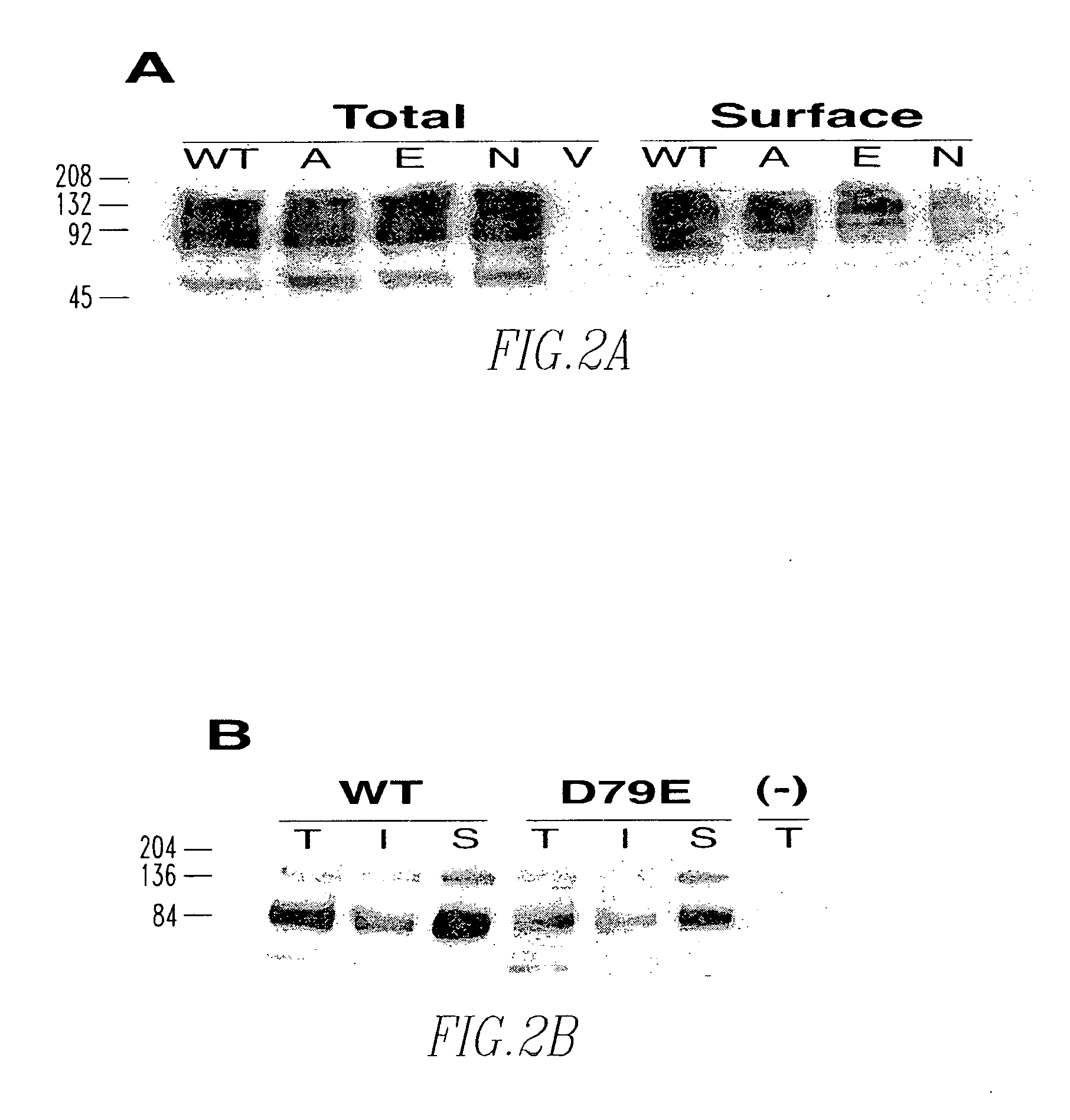Method of screening cocaine antagonists
a drug and antagonist technology, applied in the field of drug antagonist screening, can solve the problems of drug discovery efforts that have been largely unsuccessful, compounds that have not been shown to have therapeutic value, etc., and achieve the effect of effectively blocking dopamine uptake, high affinity, and lacking therapeutic valu
- Summary
- Abstract
- Description
- Claims
- Application Information
AI Technical Summary
Benefits of technology
Problems solved by technology
Method used
Image
Examples
examples
[0029] The following examples are intended to illustrate the invention and should not be construed as limiting the invention in any way.
Materials and Methods
[0030] Materials. [3H]—WIN 35,428 (˜85 Ci / mmol) and [3H]-dopamine (˜29 Ci / mmol) were obtained from NEN Life Science Products (Boston, Mass.). Nonradioactive WIN 35,428, cocaine, methylphenidate and amphetamine were obtained from Research Triangle Institute (Research Triangle Park, N.C.) via the National Institute on Drug Abuse Division of Basic Research. Nonradioactive dopamine and ascorbic acid were obtained from Sigma Chemical Co. (St. Louis, Mo.), mazindol, norepinephrine, and the tyramines were obtained from RBI / Sigma (Natick, Mass.), and dihydroxybenzylamine was obtained from Aldrich (Milwaukee, Wis.). Scintillation counting materials were from Fisher Scientific (Pittsburgh, Pa.), and GF / B paper was from Brandel (Gaithersburg, Md.). Anti-DAT antibody (rat) was obtained from Chemicon (Temecula, Calif.), biotinylation reage...
PUM
| Property | Measurement | Unit |
|---|---|---|
| pH | aaaaa | aaaaa |
| pH | aaaaa | aaaaa |
| pH | aaaaa | aaaaa |
Abstract
Description
Claims
Application Information
 Login to View More
Login to View More - R&D
- Intellectual Property
- Life Sciences
- Materials
- Tech Scout
- Unparalleled Data Quality
- Higher Quality Content
- 60% Fewer Hallucinations
Browse by: Latest US Patents, China's latest patents, Technical Efficacy Thesaurus, Application Domain, Technology Topic, Popular Technical Reports.
© 2025 PatSnap. All rights reserved.Legal|Privacy policy|Modern Slavery Act Transparency Statement|Sitemap|About US| Contact US: help@patsnap.com



